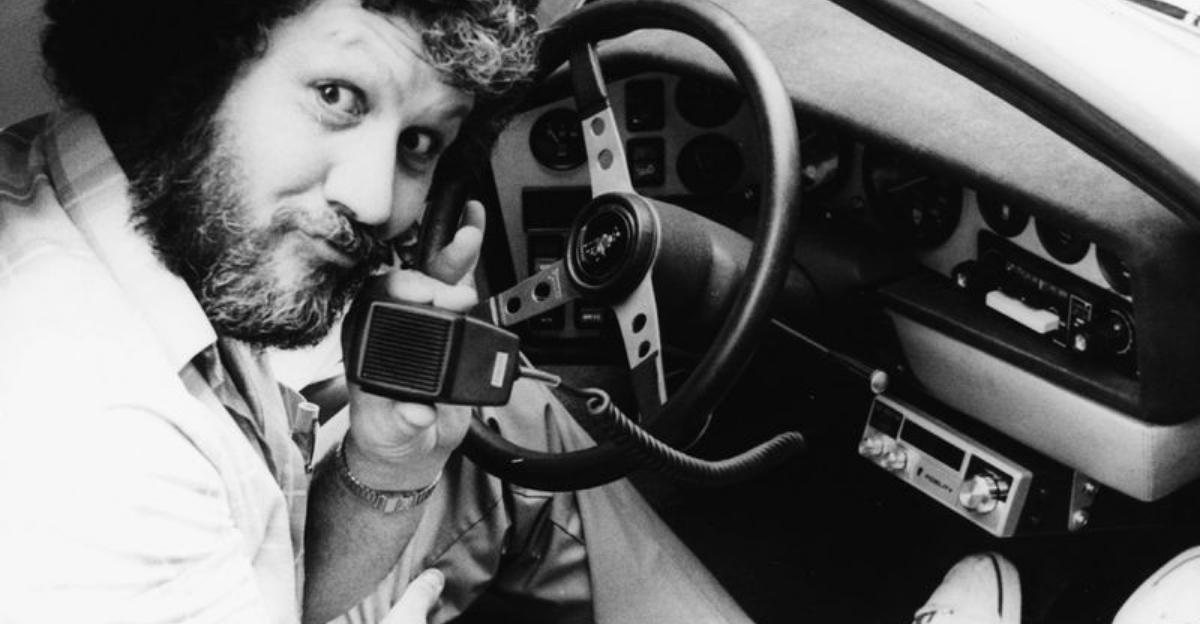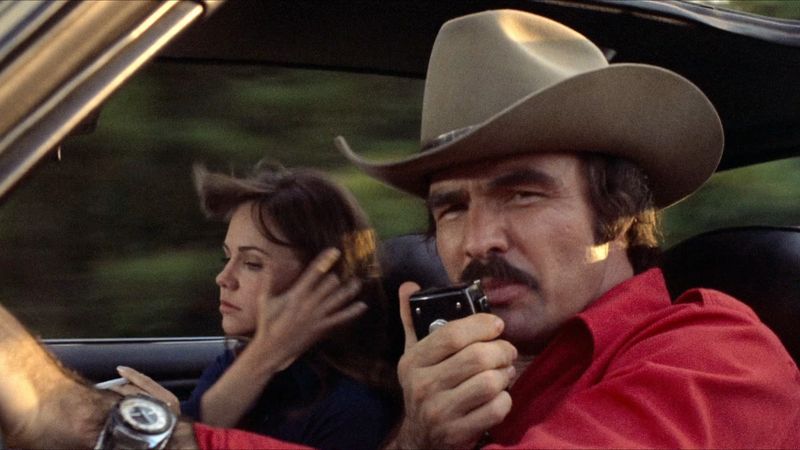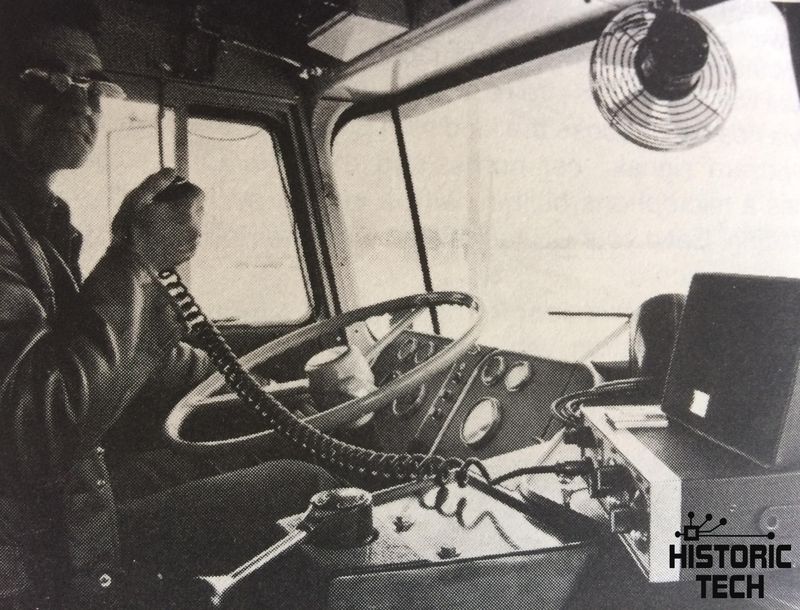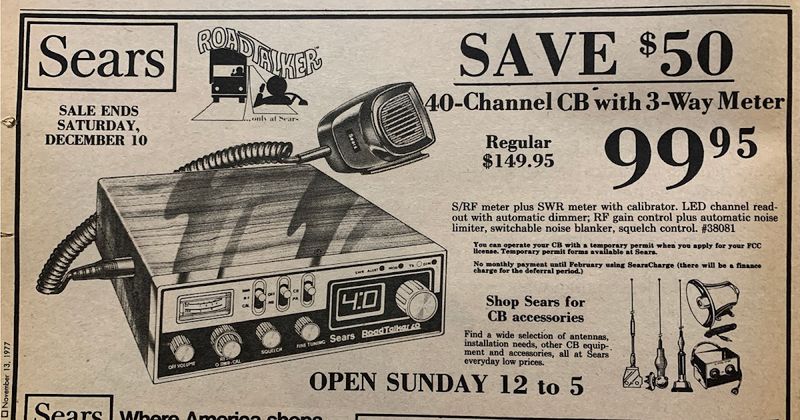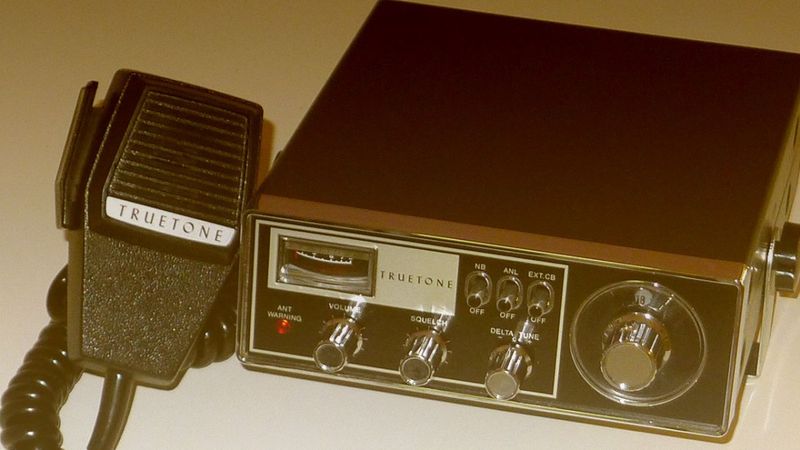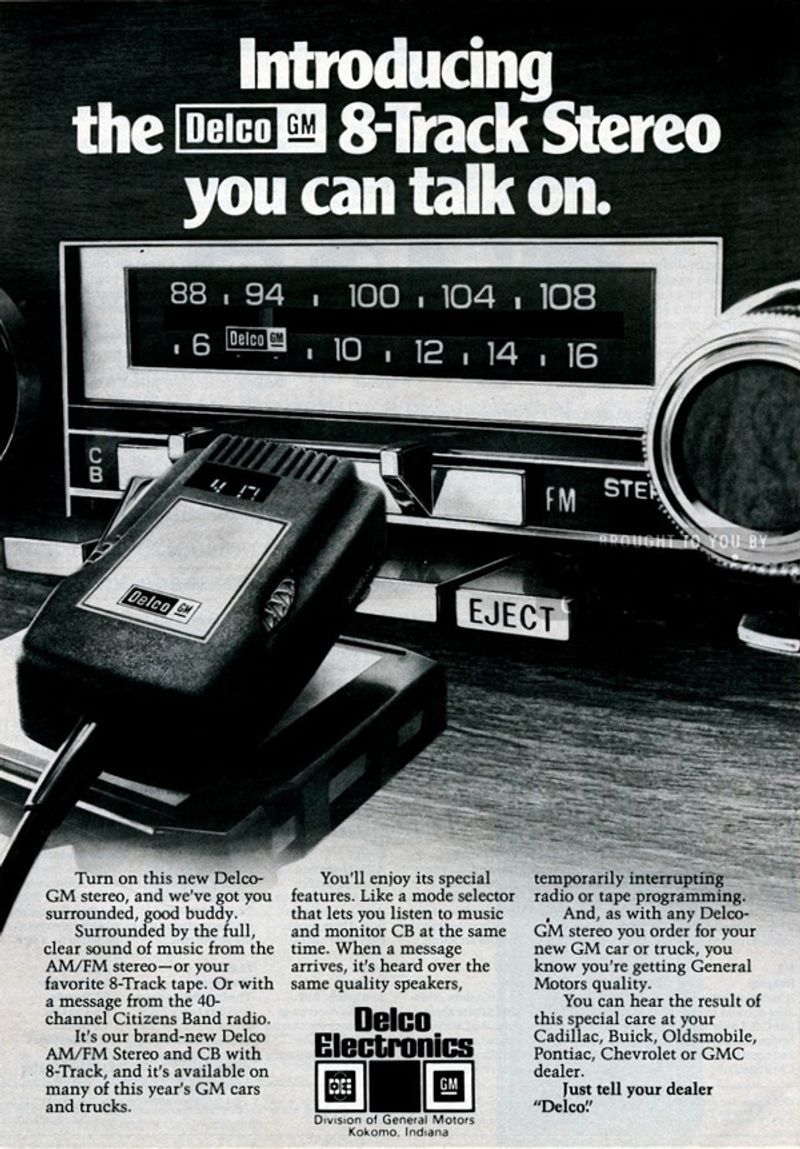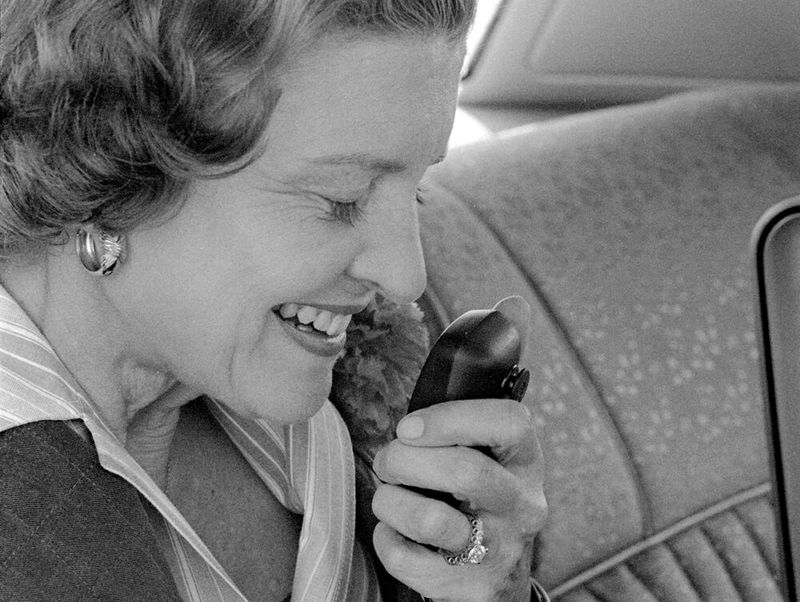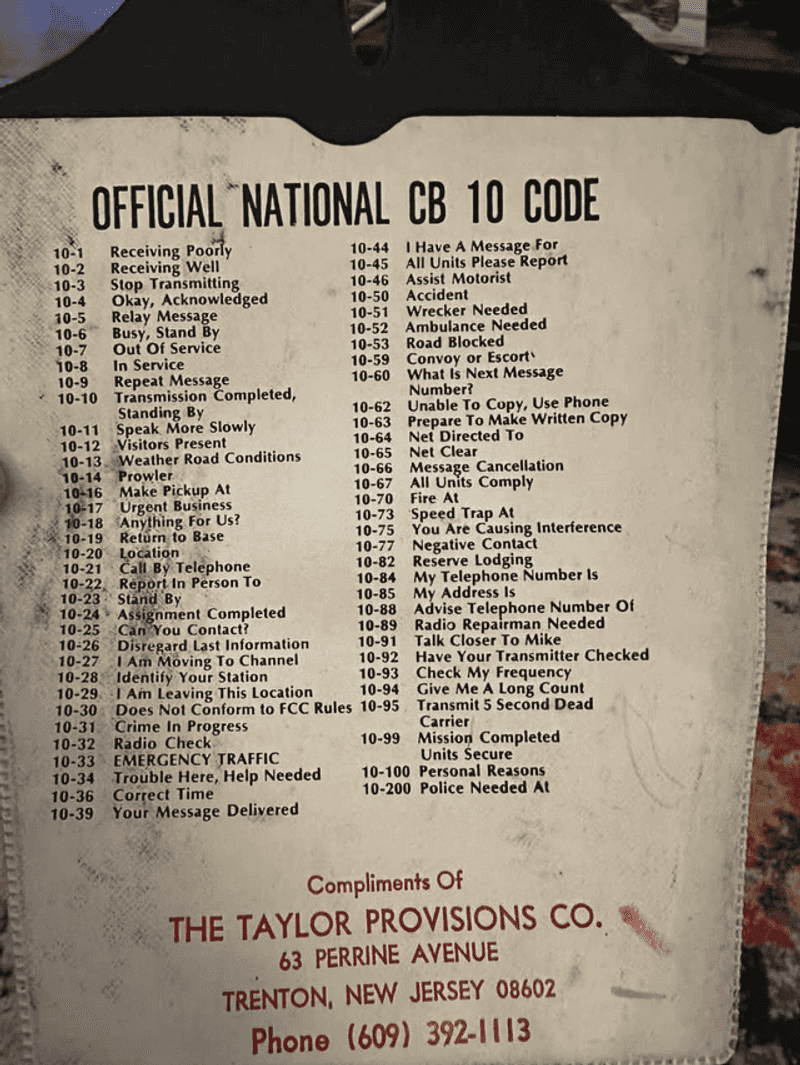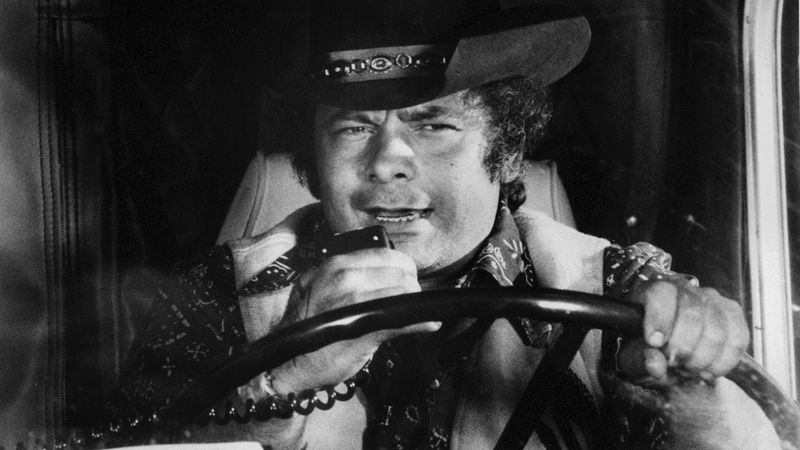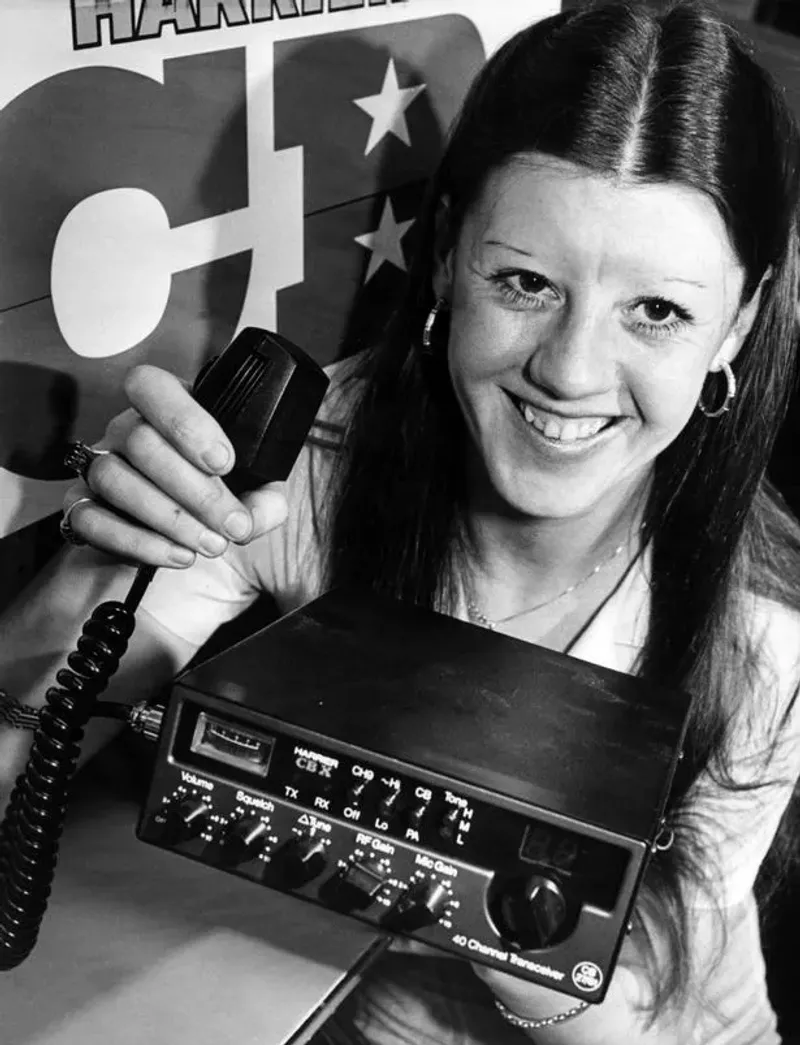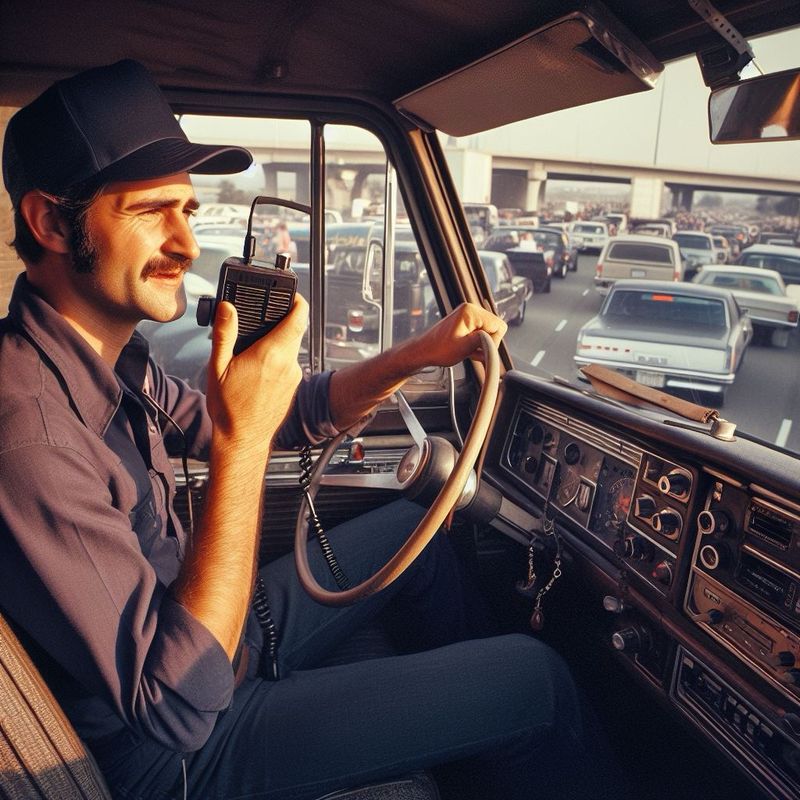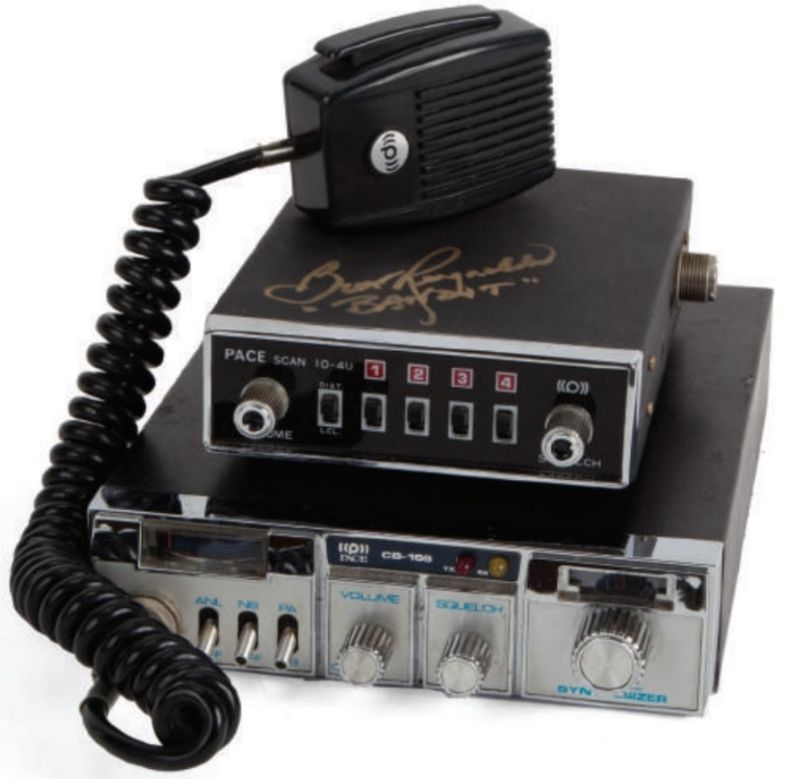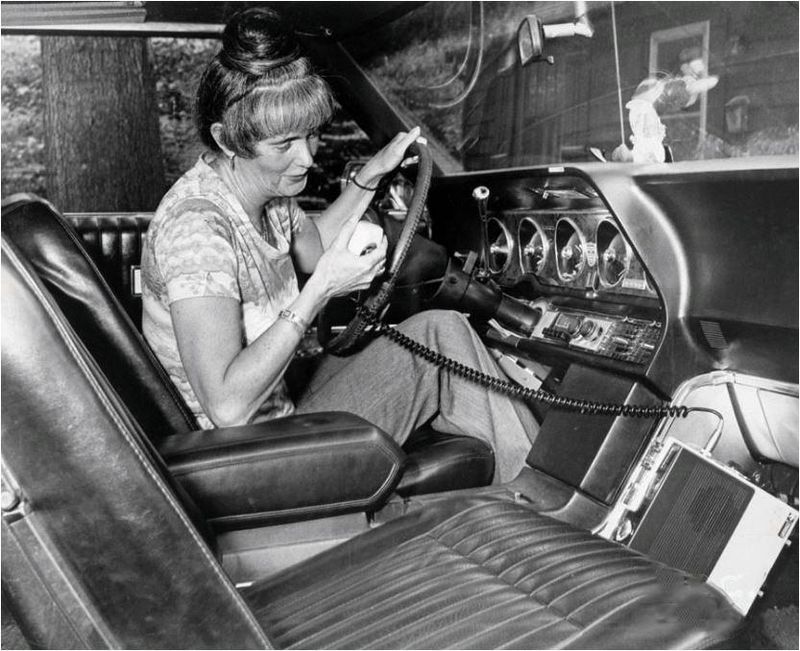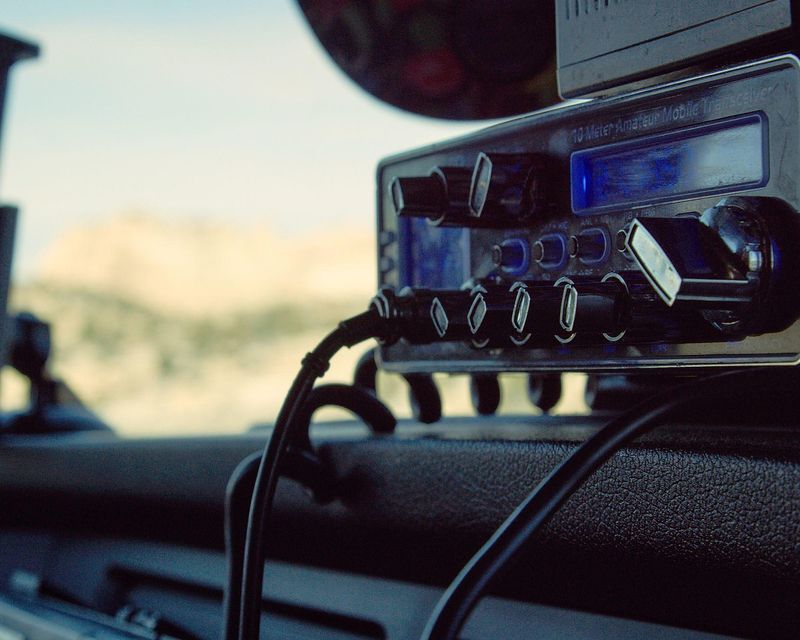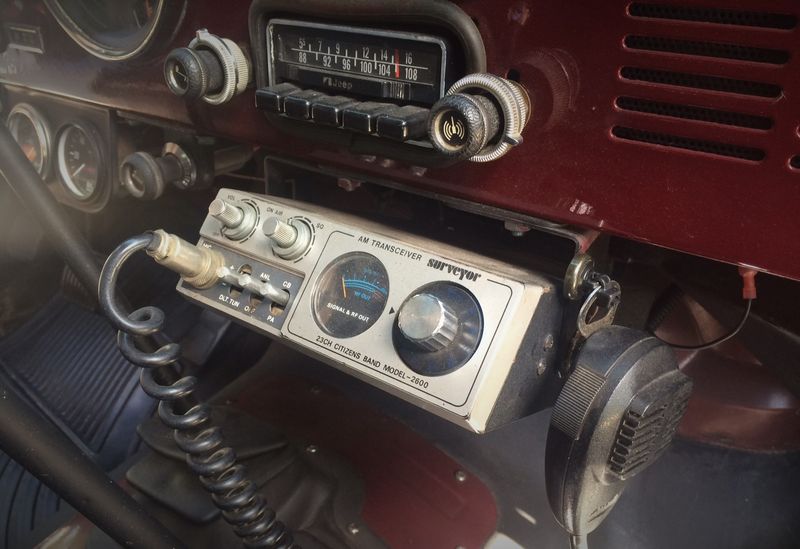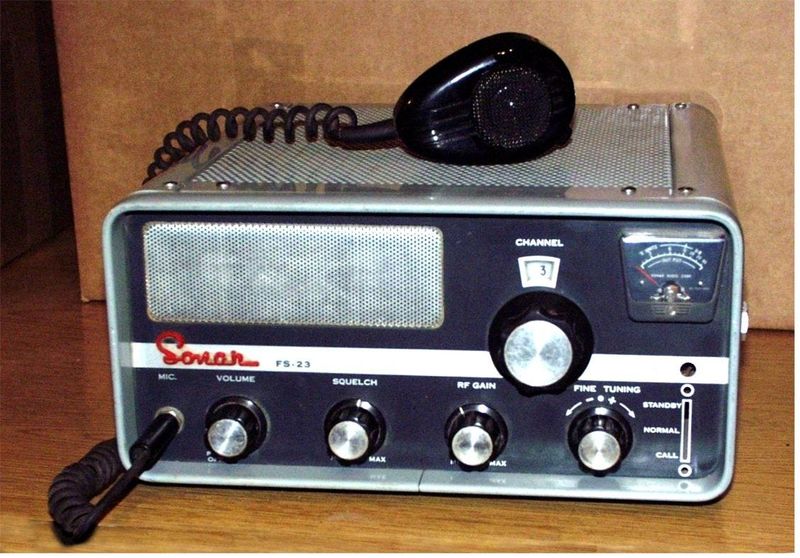The 1970s were an era defined by change, freedom, and communication. Among the many cultural phenomena that emerged, CB radios stood out as a symbol of independence and connectivity. Originally used by truckers, these radios became a widespread sensation across America, infiltrating households and vehicles alike.
Their rise to fame can be attributed to a mix of practicality, pop culture, and a yearning for community in a rapidly evolving world. Below, we explore the 20 reasons why CB radios became a staple of 1970s America, reflecting both the era’s challenges and its spirit of adventure.
1. The Fuel Crisis Made ‘Em a Lifeline
In the throes of the 1970s fuel crisis, CB radios emerged as a trucker’s best friend. Imagine long lines at gas stations, with drivers desperate for updates on fuel availability. Truckers, often seen as the knights of the highway, used CB radios to share vital information about which stations still had gas. This practical use turned CB radios into an essential tool, as they provided real-time updates that could save both time and fuel. The airwaves were buzzing with camaraderie, as truckers supported one another through these challenging times.
2. Smokey and the Bandit Made It Cool
Released in 1977, “Smokey and the Bandit” made CB radios a cultural icon. The film featured wild chases and witty CB banter that captured the public’s imagination. Burt Reynolds and his co-stars brought CB lingo to the big screen, and suddenly everyone wanted to be part of this exciting world. The movie portrayed CB radios as the ultimate tool for outsmarting the law and having fun on the open road. It wasn’t just a tool; it was a lifestyle, and audiences couldn’t get enough of it.
3. Truckers Were the New Cowboys
The 1970s saw truckers become the new cowboys of the road, embodying freedom and adventure. With their CB radios, they created a unique culture filled with slang and camaraderie. These modern-day cowboys roamed the highways, connected by their radios and shared experiences. CB radios gave truckers a voice and turned them into folk heroes. Their independent spirit and rugged lifestyle resonated with a public yearning for adventure. The open road was their frontier, and the CB radio was their trusted companion, fostering a sense of community and identity.
4. No License Needed (After ’75)
In 1975, the FCC made a game-changing decision: CB radios no longer required a license. This democratization opened the floodgates, allowing anyone with a radio to join the fun. Suddenly, CB radios weren’t just for truckers or hobbyists—they were for everyone. Families, friends, and even strangers could connect freely, creating a vibrant network of voices across the country. This shift turned CB radios into a national pastime, as people embraced the freedom to communicate without barriers. The airwaves became a melting pot, rich with stories and connections.
5. Speed Traps Were Everywhere
In the era of the 1970s, speed traps dotted the highways, much to the chagrin of drivers. Enter the CB radio—a tool that transformed into the original radar detector. Drivers used CB radios to warn each other of impending “Smokeys” (a.k.a., police officers), turning a simple drive into a strategic game of cat and mouse. This shared intelligence created a sense of unity among drivers, as they banded together to outsmart law enforcement. The thrill of avoiding a ticket became part of the journey, making CB radios indispensable for the savvy traveler.
6. They Were Cheap and Easy to Install
Unlike the more complex ham radios, CB radios were both affordable and easy to install. For families or individuals on a budget, this accessibility was a key selling point. Installing a CB radio was often a family affair, filled with excitement and curiosity. It didn’t require special skills or tools, just a bit of enthusiasm and perhaps a screwdriver. This simplicity allowed CB radios to spread rapidly, as more and more people discovered the joy of having a personal communication device in their vehicles. It was technology within reach, empowering everyday Americans.
7. It Was Social Media Before the Internet
Before the rise of the internet, CB radios served as a form of social media, connecting people across distances. Users could chat with strangers, sharing stories, jokes, and even advice. Conversations flowed freely, with no algorithms or ads to interrupt the dialogue. This open communication fostered genuine connections, allowing people to meet like-minded individuals or simply pass the time during a lonely drive. CB radios were more than just a tool; they were a social network, alive with interaction and community spirit, long before digital platforms took over.
8. Radio Slang Was Addictive
The CB radio culture came with its own language—radio slang and ten-codes that were both addictive and fun. Users adopted unique “handles” or nicknames, creating a sense of identity and belonging. Conversations were peppered with phrases like “10-4” and “breaker-breaker,” turning the airwaves into a lively playground of communication. This secret language acted as a social glue, bringing people together and fostering a sense of community. The thrill of using and learning this lingo made CB radio conversations an engaging pastime, full of creativity and personality.
9. The Open Road Felt Safer
The open road could be an unpredictable place, but with a CB radio, drivers felt a sense of security. If a car broke down or someone got lost, help was just a call away. Fellow CB users would often come to the rescue, offering directions or assistance. This network of goodwill transformed the driving experience, as travelers knew they weren’t alone. The CB radio provided a safety net, fostering trust and camaraderie among drivers. It was more than just a communication device; it was a lifeline that turned strangers into allies on the road.
10. Country Songs Turned CBs into Icons
Country music played a significant role in elevating CB radios to iconic status. Hits like “Convoy” and “Teddy Bear” echoed through the airwaves, celebrating the CB culture with catchy tunes and relatable stories. These songs painted vivid pictures of life on the road, resonating with audiences across the country. The music not only entertained but also immortalized the CB radio lifestyle, turning it into a symbol of adventure and freedom. As the melodies played, CB radios cemented their place in American culture, embraced by music lovers and road warriors alike.
11. It Gave Teens a Taste of Freedom
For teenagers in the 1970s, CB radios offered a taste of freedom and independence. Even without a driver’s license, they could connect with friends and strangers alike, exploring new social horizons. The thrill of chatting with someone far away brought excitement and a sense of adventure. CB radios became a tool for self-expression, as teens adopted unique handles and mastered the art of radio slang. This new mode of communication empowered them, giving voice to their curiosity and creativity. It was a gateway to the wider world, sparking imagination and exploration.
12. Cross-Country Trucking Was Booming
The 1970s were a golden era for cross-country trucking, with more trucks on the road than ever before. CB radios became an essential tool for truckers, facilitating communication and coordination. Drivers used them to share information about road conditions, speed traps, and rest stop recommendations. This constant communication turned long journeys into shared experiences, building a sense of camaraderie among truckers. CB radios not only improved logistics but also created a network of support and friendship. The open road was their domain, and the CB radio was their link to each other.
13. Police Scanners Couldn’t Keep Up
In the world of the 1970s, CB radio chatter often outpaced official police scanners, especially in rural areas. News traveled fast among CB users, who shared updates on accidents, road conditions, and even local events. This real-time information was invaluable, allowing drivers to make informed decisions and avoid potential hazards. The CB radio created a network of citizen reporters, keeping each other informed and safe. It was a grassroots communication tool that thrived on spontaneity and cooperation, outshining traditional methods of information dissemination.
14. It Made Road Trips More Fun
Road trips in the 1970s were incomplete without a CB radio to spice up the journey. Families used CBs to chat with other travelers or play games over the airwaves. The radio became a source of entertainment, turning long drives into joyful adventures. Conversations flowed, stories were shared, and even friendly competitions were held, all through the CB. It was a way to break the monotony of the highway, injecting fun and laughter into the trip. The CB radio transformed ordinary road trips into memorable experiences, filled with connection and enjoyment.
15. Clubs and Meetups Took Off
CB radio culture blossomed into a full-blown subculture, complete with clubs and meetups. Enthusiasts gathered to share tips, stories, and camaraderie, forging friendships over their shared passion. These gatherings were lively events, filled with laughter, learning, and, of course, CB chatter. Members exchanged knowledge about radio equipment and techniques, fostering a supportive community. The clubs became a social hub, offering a sense of belonging and identity. CB radios were no longer just a hobby; they were a way of life, celebrated and cherished by those who embraced the open airwaves.
16. It Was the Wild West of Communication
The CB radio airwaves of the 1970s were a wild west of communication, unregulated and unpredictable. Without moderators or strict rules, users were free to express themselves openly. This lack of structure fostered creativity and spontaneity, as conversations ranged from the mundane to the bizarre. It was a space where anything could happen, and often did. The CB radio became a stage for diverse voices, reflecting the varied tapestry of American life. It was a vibrant, dynamic platform that thrived on individuality and freedom, capturing the spirit of the times.
17. The Technology Was Kinda Magical
In the 1970s, the ability to talk to someone miles away without a phone was nothing short of magical. CB radios brought this wonder to life, captivating users with their simplicity and effectiveness. Families gathered around the radio, marveling at the voices that traveled through the airwaves. The technology felt like a glimpse into the future, yet it was accessible to anyone with a CB set. This sense of wonder and possibility enchanted users, making CB radios more than just a tool—they were a window into a world of infinite connections.
18. It Gave Everyone a Voice
CB radios democratized communication, giving a voice to everyone from farmers to housewives. It was a platform where status and background didn’t matter—only your handle and your message did. This inclusivity made CB radios a unifying force, connecting people from all walks of life. Whether sharing a joke or seeking advice, users found common ground over the airwaves. This open dialogue fostered understanding and empathy, as individuals connected beyond social barriers. The CB radio was more than just a gadget; it was a tool for bridging divides and building community.
19. It Inspired a Boom in Radio Hobbyists
The popularity of CB radios in the 1970s sparked a new wave of interest in radio hobbies. Enthusiasts tinkered with their equipment, exploring the intricacies of radio communication. This fascination often led to an interest in ham radios and other technical pursuits. CB radios were a gateway to a world of exploration and learning, inspiring users to delve deeper into the science behind the technology. It was a hobby that combined curiosity with creativity, offering endless opportunities for experimentation and discovery. The airwaves became a playground for inquisitive minds.
20. It Was Just Plain Fun
At its core, the CB radio craze of the 1970s was fueled by one simple fact: it was just plain fun. The thrill of the airwaves, filled with quirky characters and inside jokes, made every conversation an adventure. Users reveled in the spontaneity and unpredictability of CB radio life. Whether sharing a laugh or embarking on an imaginary journey across the country, the experience was always engaging and delightful. The CB radio was more than a tool; it was a source of joy and entertainment, capturing the playful spirit of an entire decade.
